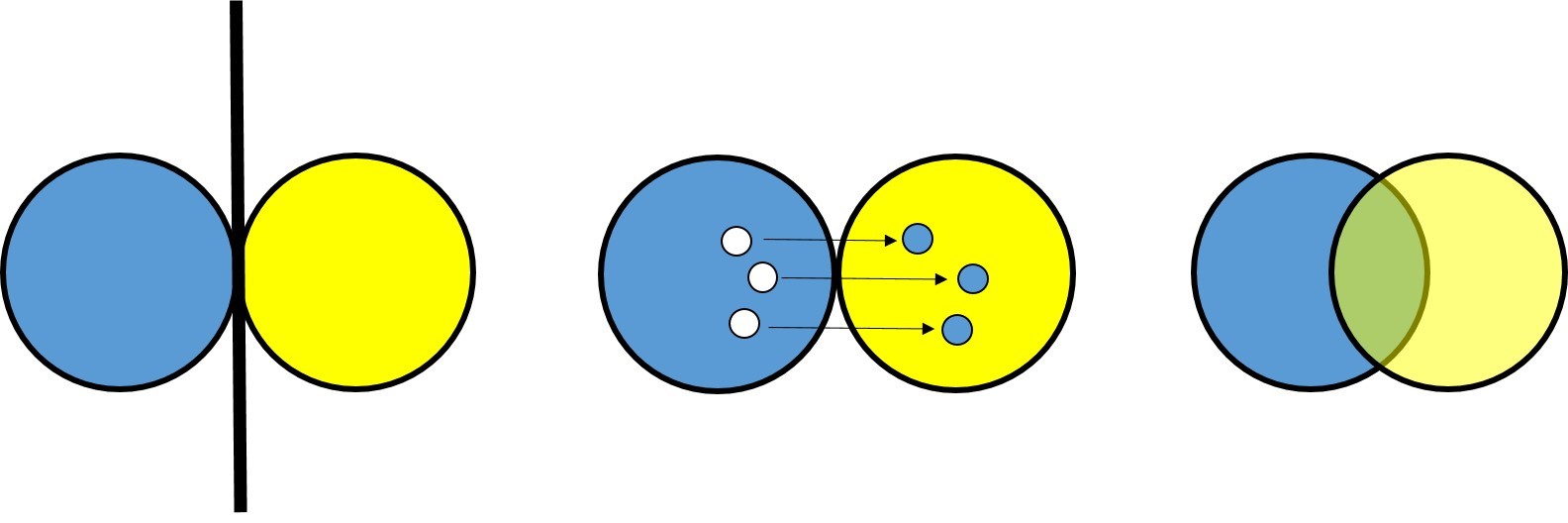Research
Research
The business models in the video games industry have changed considerably in the recent past. While people used to buy console games or CDs for their computers, many games can now be downloaded to their computers or cell phones for free. But how can a game developer earn money if the game is free?
Basically, Osterwalder/Pigneur see the “free” model as one of the most important business model patterns of the digital age. Specifically, they name three ways in which a company can generate profits despite a price of zero: multi-sided markets (Google), freemium (Skype) or bait & hook (razer & blade, printer & ink). In the video game industry, revenues are generated in particular via in-game stores where uniforms (skins), weapons or dance moves (emotes) are sold.
One publication (Schöber & Stadtmann, 2020) analyzes the Fortnite in-game store in particular in great detail. Another publication (Benti, Haß & Stadtmann, 2022) analyzes the role of price settings of in-game currencies and sales promotion strategies of the ten most successful free-to-play video games. In Benti & Stadtmann (2022), the game Animal Crossing: New Horizons is the focus of an analysis using the B|Orders in Motion Framework of the European University Viadrina.
Schöber, T., & Stadtmann, G. (2020). Fortnite: The Business Model Pattern Behind the Scene. Die Unternehmung, 74(4), 426-444. 10.5771-0042-059x-2020-4-426
Benti, B.S., Haß, D., & Stadtmann, G. (2022). Cognitive Biases in Free-to-play Games. Marketing Review St. Gallen, 39(4), 34-42.
Benti, B.S., & Stadtmann, G. (2022). B|Orders in motion in the video game industry: An analysis based on Animal Crossing: New Horizons. Human Behavior and Emerging Technologies, 2022(1), 4452900. 10.1155/2022/4452900

Many currency crisis models focus on countries whose currency is coming under devaluation pressure. Only a few models focus on countries with appreciation problems. However, the Swiss franc currently has the characteristics of a strong currency. However, a significant appreciation puts pressure on the Swiss export industry. Another problem is that Switzerland is practically completely surrounded by the euro currency area. In various publications, we explore the question of why the Swiss central bank initially established a lower floor for the Swiss franc against the euro, but later abandoned this attempt.
Who put the holes in the Swiss cheese? Currency crisis under appreciation pressure (with K. Berthold), Journal of Central Banking Theory and Practice, Vol. 7(1), 2018, 43-57, 10.2478/jcbtp-2018-0003
The Swiss National Bank's fear of float (with K. Berthold), Journal of Central Banking Theory and Practice, Vol. 8(2), 2019, 51-64, 10.2478/jcbtp-2019-0013
Swiss National Bank: Is the Recent Loss a Threat to Monetary Policy? A Research Note (with V. Kämpf and L. Zimmermann), Journal of Central Banking Theory and Practice, Vol. 13(1), 2024, 43-55, 10.2478/jcbtp-2024-0003

This study analyzes youth unemployment dynamics in Central and Eastern European (CEE) countries in comparison to the EU-15, applying Okun’s Law to estimate age-specific relationships between GDP growth and unemployment. The results reveal that young people, especially those aged 15–24, are significantly more affected by economic fluctuations than older cohorts. This vulnerability highlights the dependence of youth employment on strong macroeconomic performance. The findings suggest that effective policies against youth unemployment must not only focus on education and training but also actively support economic growth to stabilize labour markets for young people.
Hutengs., O, & Stadtmann, G. (2014). Don’t trust anybody over 30: youth unemployment and Okun’s law in CEE countries. Bank i Kredyt, 45(1), 1-16, Issued by Central Bank of Poland (Narodowy Bank Polski NBP).
You can find the publication here.

Prof Dr Georg Stadtmann
Professorship for Macroeconomics
- August-Bebel-Straße 12 | 15234 Frankfurt (Oder)
- Room: AB 220
- 0335 5534 2700
- stadtmann@europa-uni.de
Office hours
Wednesday from 1 - 2 pm
Please contact Prof Dr Georg Stadtmann in advance via e-mail.
